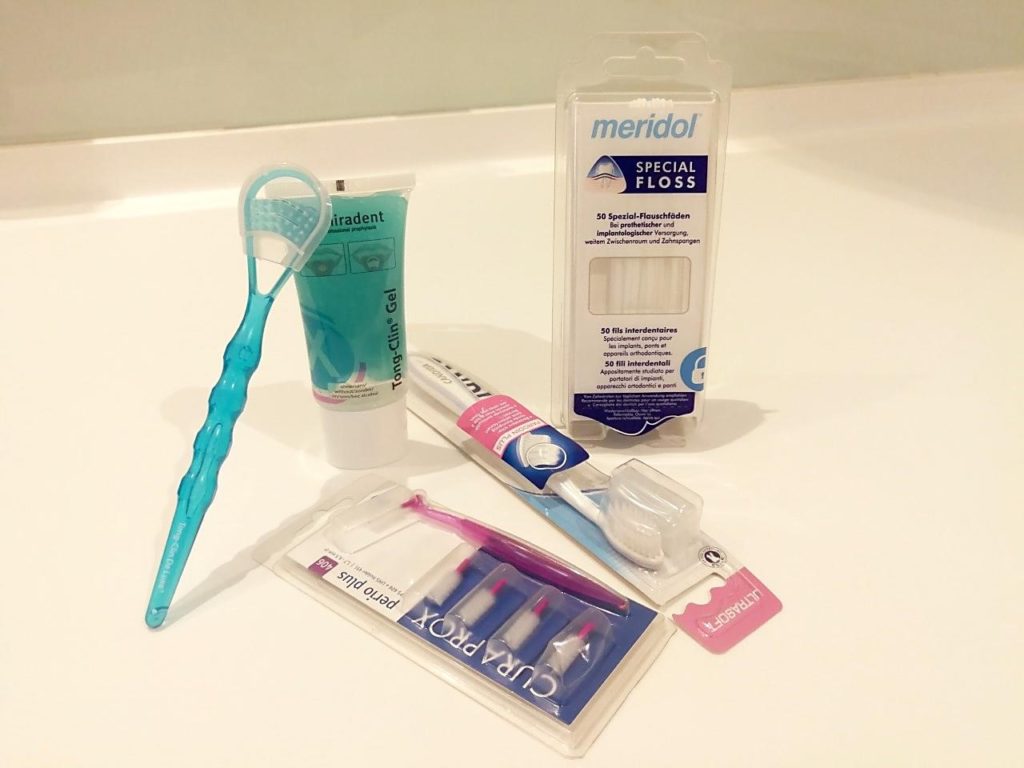BAD BREATH
The medical term for bad breath is halitosis and it is very common. Patients are often not even aware that they have it. How to determine and what can we do against bad breath?
In most cases, we cannot even notice our breath, and most of us cannot be completely sure whether we have bad breath or not. The simplest way to test this is to ask a trusted person to tell you if they smell bad breath in your mouth. Unfortunately, this is often difficult and remains a taboo topic in our society. About a quarter of the population suffers from bad breath. If you want to know if you are in that quarter, there is a simple test you can do yourself. Take a plastic bag of larger volume, blow air into it and trap it. Then spend 5 minutes in the fresh air or drink coffee to neutralize the smell. Then open the airbag and smell it. This test, although simple and affordable, is not completely reliable. The safest way to determine the existence of bad breath is to visit a dentist who deals more closely with this problem, and knows how to recognize and solve your problem.
Today there are also appliances, e.g. Halimeter or Oral Chroma, which can recognize the presence of bacteria in the pockets, between the teeth, and on the tongue, whose products cause bad breath. In 90% of cases, the source of bad breath comes from the mouth, but there are about 200 known causes of bad breath. The most common causes are tongue buildup, then inflamed gingiva with periodontium, dryness, and insufficient hygiene of the oral cavity. Sometimes bad breath can also be caused by diseases of the ear, throat, or nose, such as inflammation, tumors, etc. Very rarely halitosis comes from the stomach or digestive tract.
Can a dentist cure halitosis?
It primarily depends on the cause that led to the bad breath. The approach to diagnosis must be individual for each patient, and therefore the therapy. There is no universal therapy for bad breath.
In a large number of cases, the therapy is a thorough brushing of the teeth and mouth. We remove bacterial plaque mechanically by brushing our teeth and tongue, and toothpaste and mouthwash neutralize substances that cause bad breath. Various candies or foods like lemon do not remove bacteria but only cover bad breath. Sugar-free chewing gums help increase the secretion of saliva in dry mouth and thus flush bacterial plaque from the teeth.

The unique position regarding oral hygiene today is as follows:
- Remove bacterial plaque on the teeth with a toothbrush and fluoride-enriched toothpaste;
- Clean the interdental spaces with an interdental brush or floss;
- Use a tongue brush and tongue gel to remove bacteria that cause bad breath.
Many patients would be happy if a reliable and close person draws their attention to bad breath, which with a correct diagnosis, in most cases, can be solved very easily.


